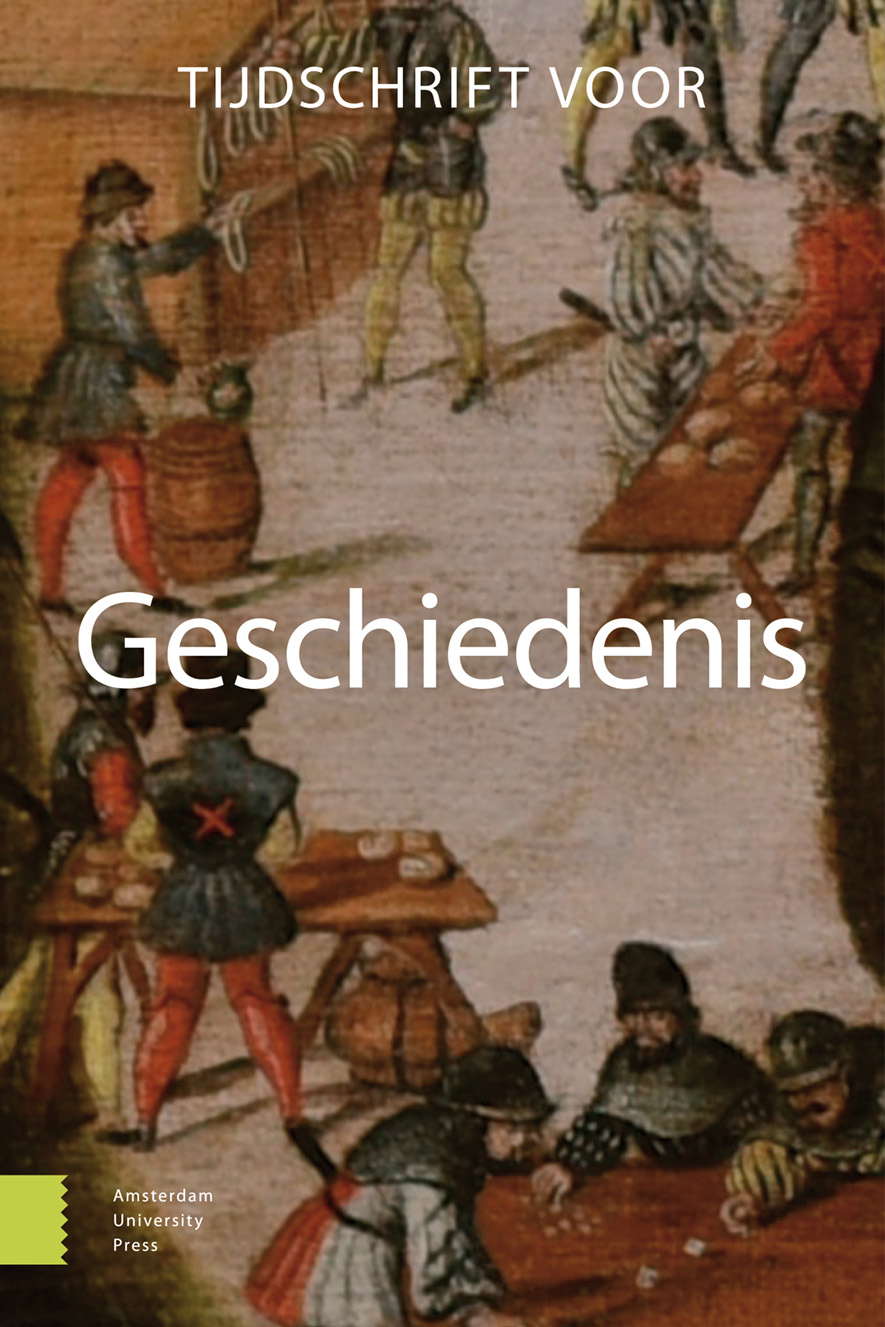-
oa Serbian Integral Nationalism, its Opponents, and Mass Violence in the Balkans 1903-1945
- Amsterdam University Press
- Source: Tijdschrift voor Geschiedenis, Volume 124, Issue 4, Dec 2011, p. 448 - 463
Abstract
This article approaches Serbian integral nationalism as an historical phenomenon spanning the entire first half of the twentieth century, a phenomenon that repeatedly influenced the internal developments of the Serbian and Yugoslav states. Serbian integral nationalism refers to the strain of Serbian nationalism that called for the integration of all Serb-populated lands into one national state. The author shows how a line of continuity can be traced from military and political elites in the pre-1918 Serbian nationalizing state through nationalist circles in interwar Yugoslavia and finally to the ideology of the Yugoslav army in the Homeland (the Chetniks) in the Yugoslav civil war of 1941-5. The existence of this nationalist impulse, and of its opponents, most notably those in the Austro-Hungarian army during 1903-18 and in the Croatian Ustasha fascist organization, created a ‘dynamic of destruction’ in the South Slav lands which led to repeated instances of mass violence during the period in question.


